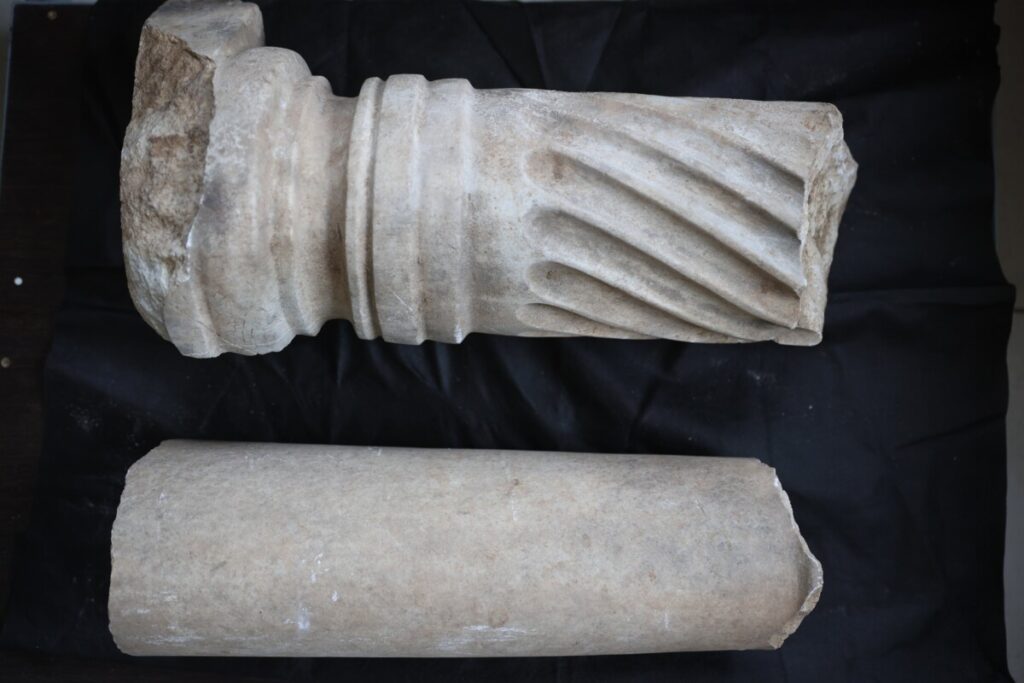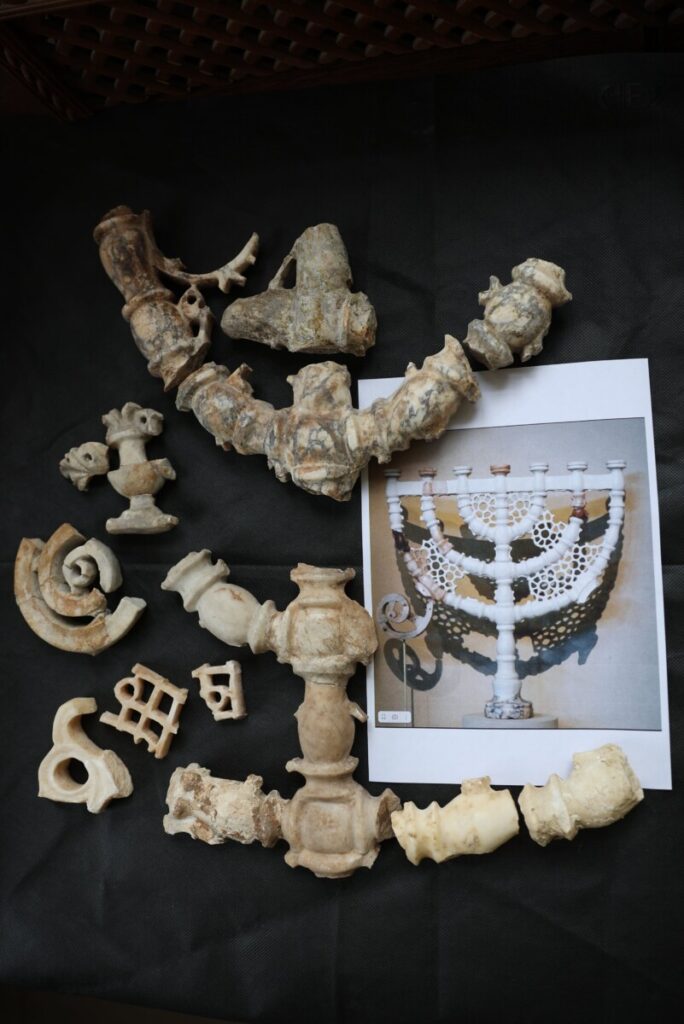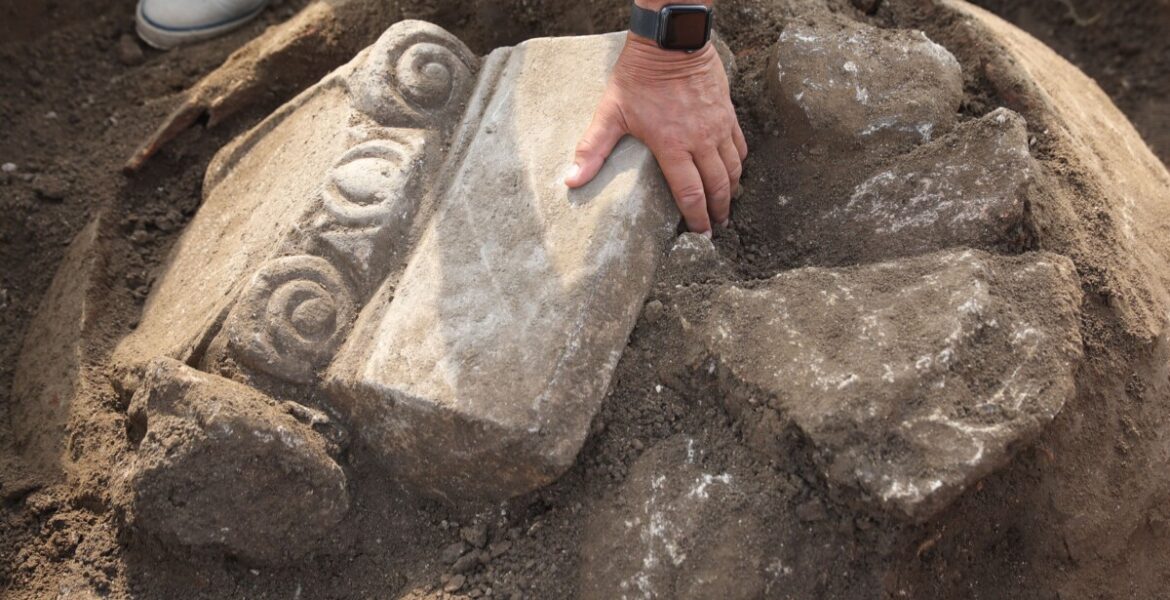In a captivating revelation, a team of archaeologists from the Phanagoria archaeological expedition has brought to light one of the world's most ancient synagogues. The extraordinary discovery was made within the historical precincts of the ancient Greek city of Phanagoria, situated on Russia's Taman Peninsula.
As historical records attest, Phanagoria was established in 543 BC by Teian colonists who sought refuge in the wake of their clash with the Persian king Cyrus the Great. Flourishing as a vibrant nexus for commerce and travel, the city linked the coastal domains of the Maeotian marshes with the territories to the south of the majestic Caucasus mountains.
Archaeologists meticulously unveiled remnants of the synagogue's foundational structures and walls. Among the remarkable artifacts uncovered are exquisite marble menorahs, sacred liturgy tables, and fragments of ornate marble steles. One stele from the 5th century AD bears the Greek inscription “synagogue”
This, along with earlier discoveries including marble tablets inscribed with “house of prayer” and“synagogue” dating to 16 and 51 A.D., respectively, establishes the Phanagoria synagogue as one of the world's oldest, operating since at least the early 1st century AD.
This synagogue hails from the illustrious Second Temple Period (597 BC to AD 70), gracing the shores of the Black Sea for a remarkable span of five centuries. Its enduring legacy endured until the city of Phanagoria fell prey to the ravages of the marauding Huns, leading to its eventual demise. Rebounding from this tumultuous epoch of invasions, the city experienced a renaissance in the 7th century, rising in prominence as the capital of Old Great Bulgaria and subsequently embracing a Byzantine affiliation.





The synagogue's architectural blueprint is a rectangular marvel, measuring 21 meters in length and 6 meters in width, featuring two chambers, each encompassing over 60 square meters. The interior, as suggested by the architectural discoveries, likely showcased elegant marble columns, walls adorned with captivating paintings and tiles, and resplendent ornamental marble menorahs. As researchers have illuminated, "The presence of a vibrant Jewish community within the city during the 1st century AD is substantiated by depictions of menorahs on amphorae and tombstones from that era. Medieval historical records further underscore the notion that Jews constituted a substantial segment of the city's populace. Notably, both Theophanes, an 8th-century Byzantine chronicler, and Ibn-Hordadbeha, a 9th-century Arabian geographer, alluded to Phanagoria as a 'Jewish city.' Modern historians concur that Phanagoria's Jewish community harmonized with the city's cosmopolitan essence."
Oleg Deripaska Volnoe Delo Foundation
Header Image Credit: Oleg Deripaska Volnoe Delo Foundation"


